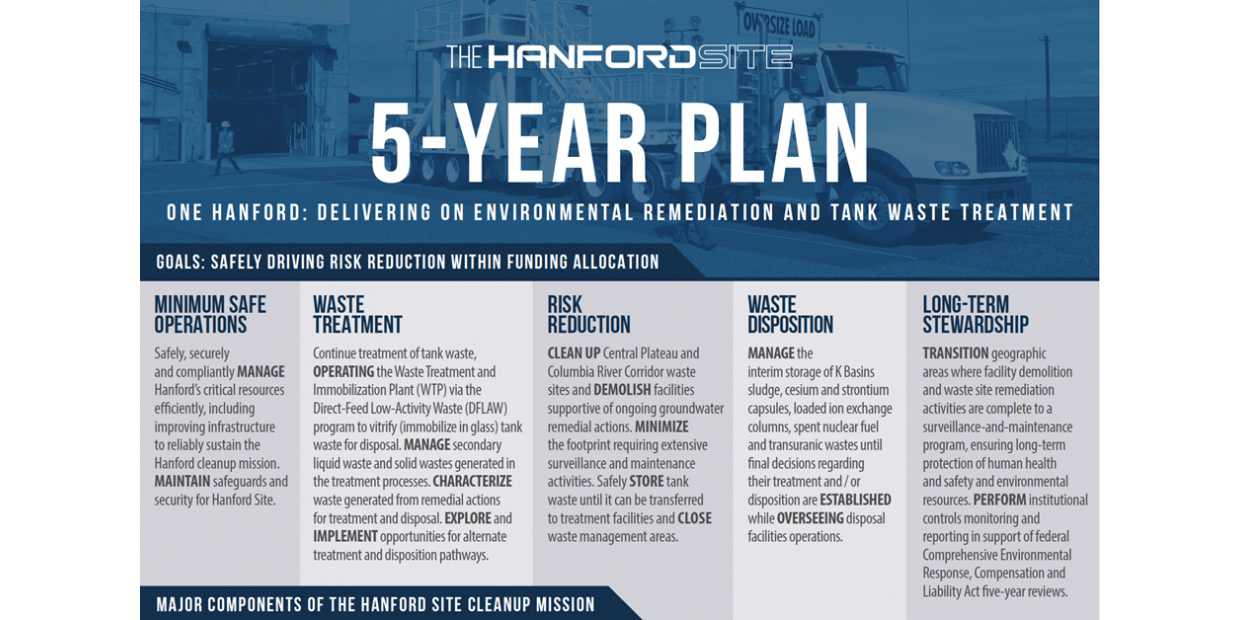The Spherical Tokamak for Energy Production, shown here in an artist's rendition, is a government-backed prototype fusion energy plant planned for operation in the U.K. in the early 2040s. (Image: UKAEA)
The U.K. Atomic Energy Authority (UKAEA) and Tokamak Energy announced on October 10 that they signed a framework agreement to collaborate on developing spherical tokamaks for power production. This news is a complement to last week’s announcement from the U.K. government that the West Burton A coal-fired power plant site in Nottinghamshire has been selected as the future home of STEP (Spherical Tokamak for Energy Production), the U.K.’s planned prototype fusion energy plant. The government is providing £220 million (about $250 million) of funding for the first phase of STEP, which will see the UKAEA produce a concept design by 2024.
A town in Puerto Rico flooded as a result of the recent hurricane.
Hurricane Fiona slammed into Puerto Rico on September 18 with powerful winds and massive amounts of rain, resulting in mudslides, flooding, loss of power and water, wrecked homes and businesses, destroyed roads and bridges, and some deaths. Students from the American Nuclear Society student section at the University of Puerto Rico—Mayagüez (ANS UPRM) and other student groups have responded by distributing bottled water, nonperishable food items, cooked meals, first aid, personal hygiene items, flashlights with batteries, and other supplies, and by raising awareness of community needs and asking for monetary and food donations. In addition, ANS has established a fundraising drive for monetary donations to support students’ efforts in assisting ANS UPRM members in Mayagüez. The donations are being used to meet a number of needs during this challenging time.
Artist's rendering of an LFR plant. (Image: Westinghouse)
Westinghouse Electric Company and Ansaldo Nucleare have announced the signing of a cooperation agreement to develop a next-generation nuclear power plant based on lead-cooled fast reactor (LFR) technology.
Wholly owned by Italy’s Ansaldo Energia, Ansaldo Nucleare is involved in the production of high-tech nuclear components; the design and construction of new builds; decommissioning; and advanced research on radwaste management, fusion, fourth-generation plants, and small modular reactors. In addition, the firm played a significant role in the development of such Generation III technologies as Westinghouse’s AP600 and AP1000 reactors.
Under the agreement, Westinghouse and Ansaldo Nucleare will advance a common design to maximize synergies; combine experience in design, testing, and licensing; and align respective partner and supply-chain organizations.
Turkey Point nuclear plant. (Image: FPL)
The Nuclear Regulatory Commission is seeking public comment on the scope of its supplemental environmental impact statement (SEIS) on the subsequent renewed licenses for Turkey Point-3 and -4, twin pressurized water reactors operated by Florida Power & Light (FPL). It’s the second time around for both the NRC and FPL—an SLR environmental scoping process conducted in 2018 already yielded renewed licenses for Turkey Point in December 2019. According to an October 7 NRC press release, “The staff intends to examine the environmental issues the commission determined were not properly evaluated for the subsequent license renewal term, as well as any new information for Turkey Point site–specific issues.”
Energy Harbor’s Beaver Valley plant, located on the Ohio River near Shippingport, Pa. (Photo: Energy Harbor)
Two critical factors for the success of nuclear industry outages are safety and efficiency. This includes personal and nuclear safety for the team members working on the outage, equipment safety through proper inspections and maintenance, and ultimately public safety when a reactor system is returned to service, free of defects and ready for reliable power production.
Students participate in the “Nuclear Mythbusting Pitch Competition,” hosted by the ANS YMG. (Photo: Julie McCallum)
To kick off the new academic year, the ANS Young Members Group hosted the online “Nuclear Mythbusting Pitch Competition” on September 22. Students competed in debunking nuclear misconceptions and misrepresentations in popular culture. While having fun and winning prizes, they set the record straight regarding nuclear science and technology.
The Portsmouth Gaseous Diffusion Plant. (Photo: DOE)
The Department of Energy’s Office of Environmental Management has renewed a $2.5 million grant to Ohio University to support community redevelopment around the DOE’s Portsmouth Site. Since 2016, the DOE has provided a total of $8.2 million to the university for work with the communities.
The DOE grant, which began on October 1, will be administered over five years through September 30, 2027. A previous grant expired on September 30.
Crews make progress tearing down the former Criticality Experiment Laboratory. The teardown began this past summer after months of deactivation activities. (Photo: DOE)
Work crews at the Department of Energy’s Oak Ridge Site in Tennessee have successfully completed the demolition of the former Criticality Experiment Laboratory. Crews worked this past summer to bring down the dilapidated 1940s-era facility, also known as Building 9213.
The Pickering nuclear power plant. (Photo: OPG)
The government of Ontario has announced its support for extending the operation of Ontario Power Generation’s Pickering nuclear plant for a year past its scheduled 2025 closure date, adding that a much longer extension is also being mulled.
OPG, at the government’s request, has reviewed its operational plans and concluded that the facility can continue to safely produce electricity for an additional year, according to a recent news release.
Aircraft line the runway at Eielson AFB in December 2020. (Photo: U.S. Air Force/Senior Airman Keith Holcomb)
The Department of the Air Force and the Defense Logistics Agency–Energy have released a request for proposals (RFP) for the construction and operation of a microreactor in central Alaska. The Department of Defense wants a 20-year supply of electricity and steam from a 1–5-MW microreactor, but the Eielson Air Force Base (AFB) Microreactor Pilot Program will go beyond a simple power purchase agreement and put the reactor through its paces with tests, at least annually, of the reactor’s walk-away safety and black-start capabilities. The final RFP is available at sam.gov.




















